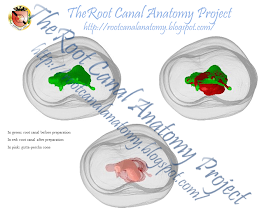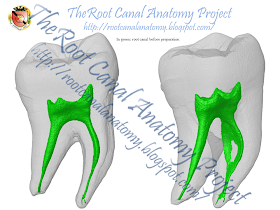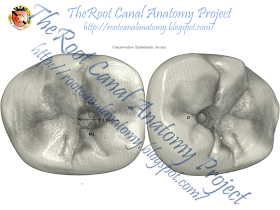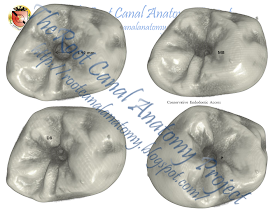The current edition builds up on this platform established by the previous edition by updating and revising concepts, materials and techniques. “Clinical Notes” boxes have been introduced in each chapter highlighting the pertinent important clinical aspects of the topic being discussed for the benefit of the readers. The style and format of presentation has also been changed to make it reader friendly. Accompanying the text is a “Visual Masterclass DVD” presenting videos of important clinical procedures. Two new chapters were added: “Regenerative Endodontics” and “Endodontic Emergencies”. This book contains over 1100 figures, radiographs and illustrations; many of which are contributions from clinicians and academicians from across the world.
The Department of Endodontics of the University of Sao Paulo, Brazil, is honored for being invited to contribute with this outstanding book. Thanks to the Editors, Dr. Suresh Chandra and Dr. Gopikrishna, for this unique opportunity!
Prof. Marco Versiani
Prof. Pecora
Prof. Sousa-Neto


































